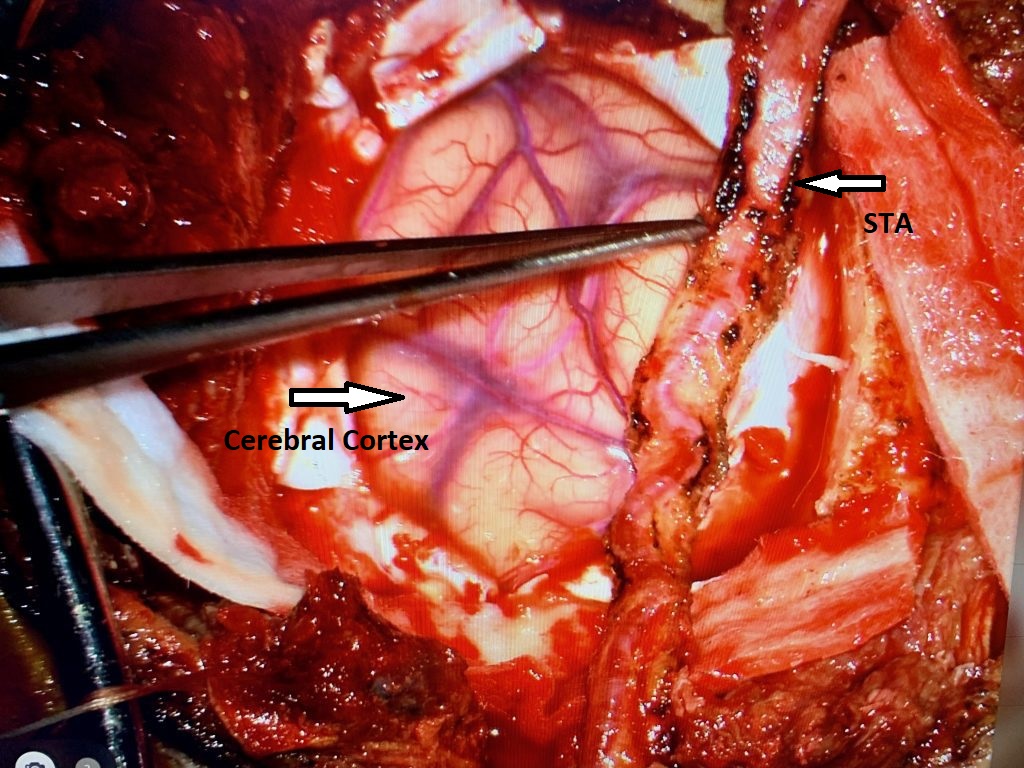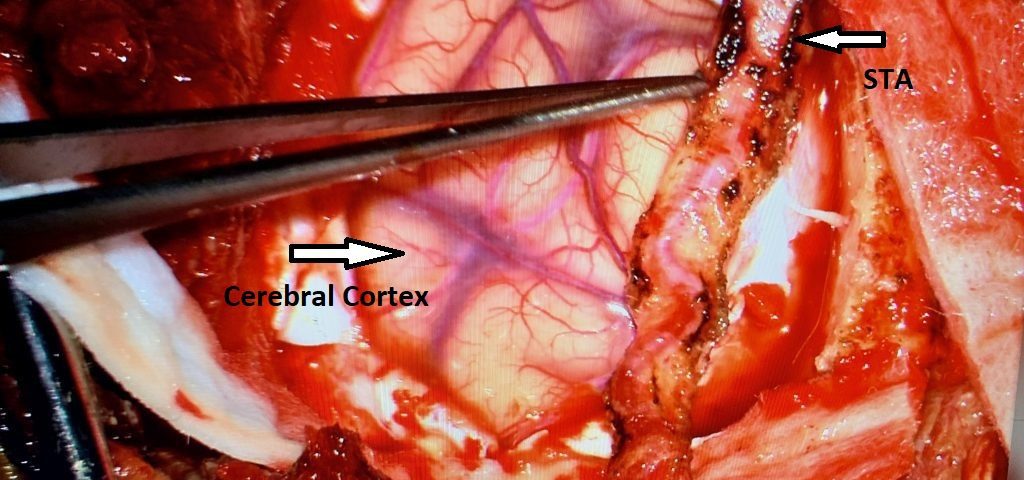- PATIENT FORMS | REQUEST A CONSULTATION | CONTACT US
- 1-844-NSPC-DOC
Indirect EDAS Revascularization Treats Moya-Moya Syndrome
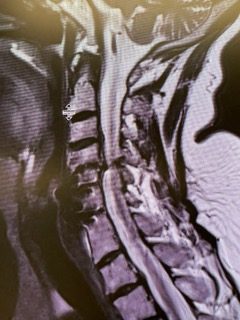
Cervical Fusion Corrects Next Segment Degeneration
February 10, 2022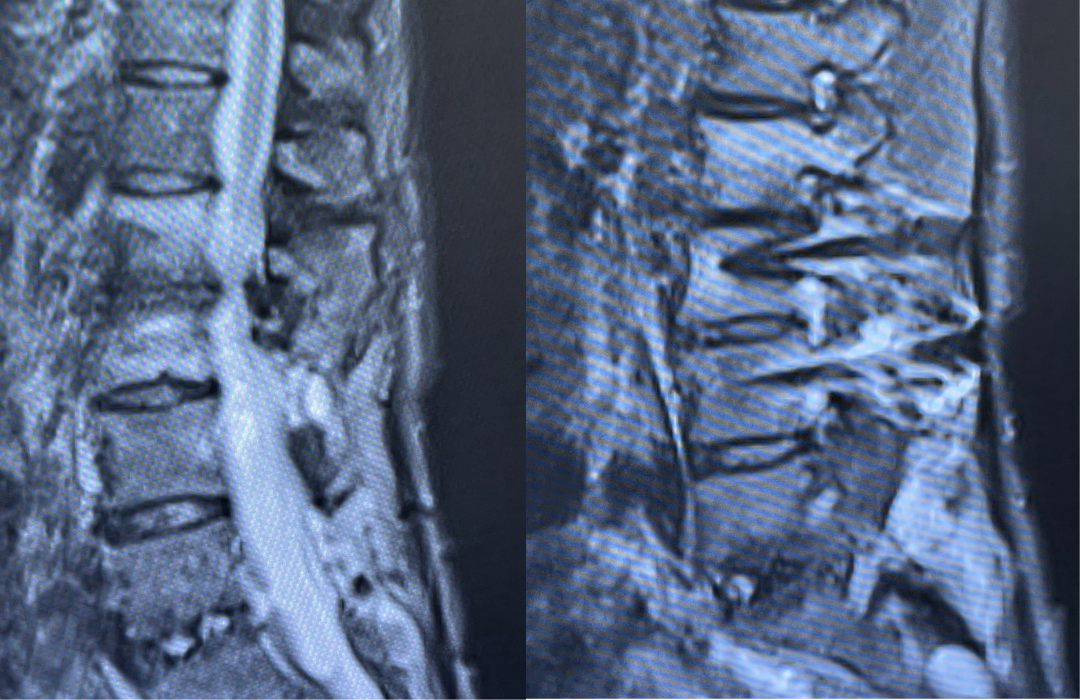
Revision Surgery Relieves Woman’s Chronic Low Back Pain
March 11, 2022This is a 39-year-old, otherwise healthy woman who presented with right sided headaches for several months’ duration.
MRI was performed and did not reveal a stroke or hemorrhage but suggested a paucity of vasculature in the right intracranial circulation and a diagnosis of Moya-Moya, prompting a referral to NSPC’s neurovascular surgeon Dr. Jonathan Brisman.
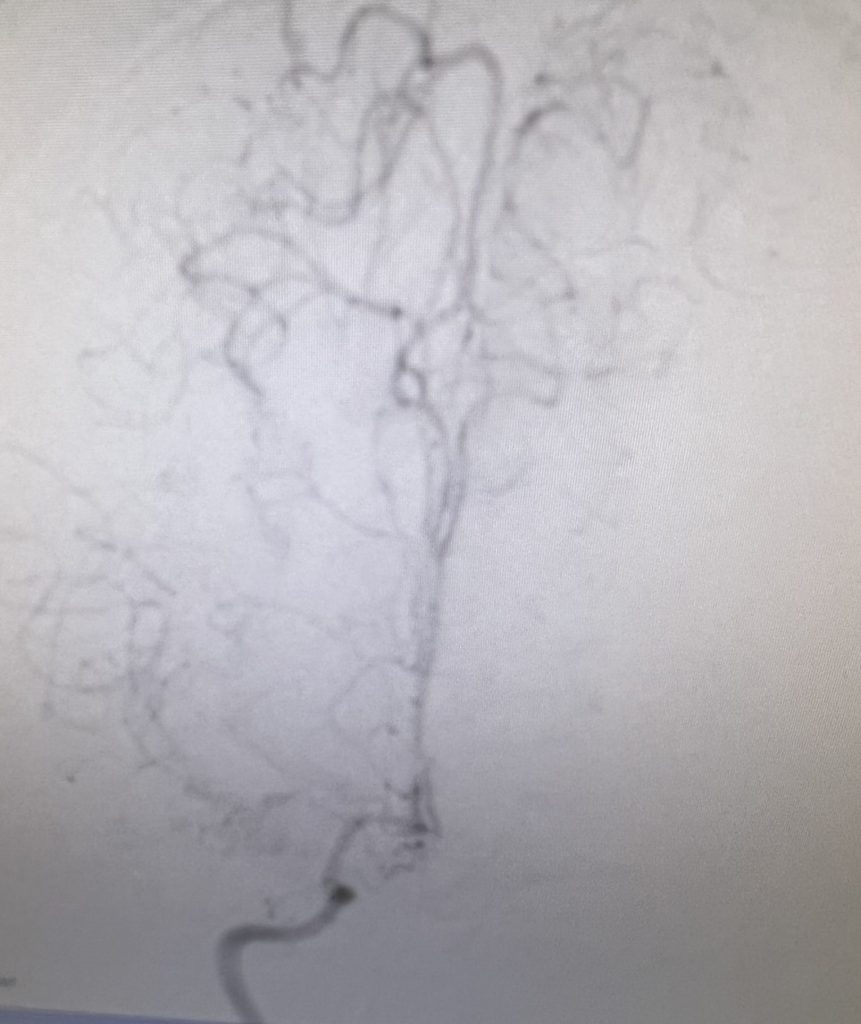
Figure 1
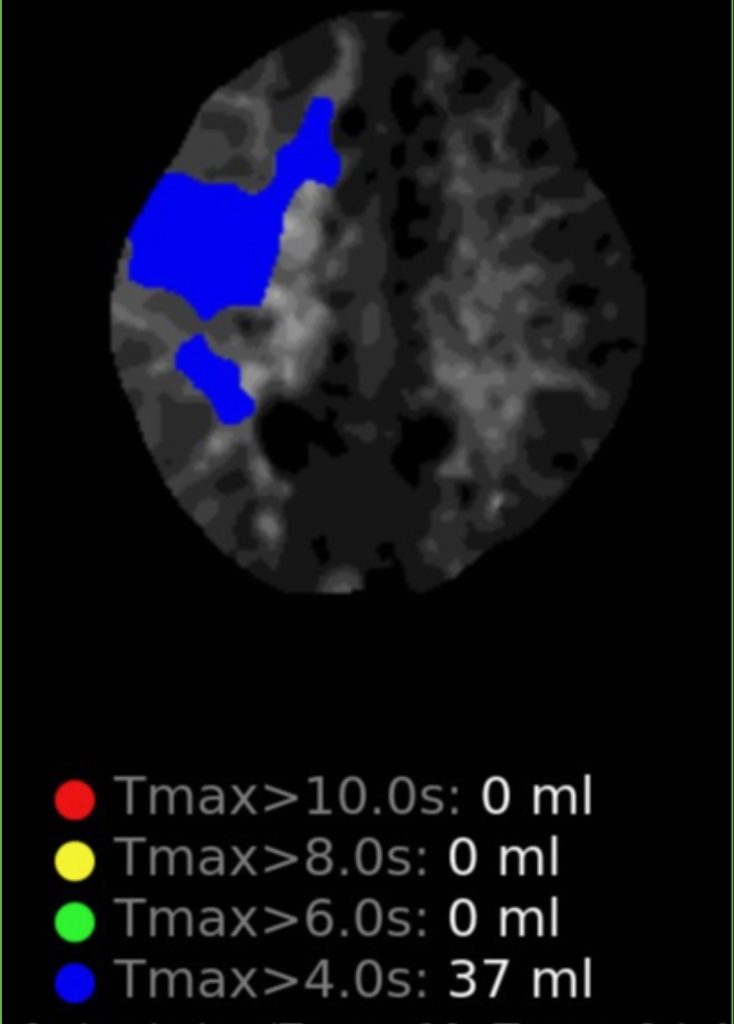
Figure 2
Noninvasive vascular imaging was sufficiently suggestive to warrant conventional digital subtraction angiography, performed by Dr. Brisman and confirming Moya-Moya syndrome (Figures 1). CT Perfusion (Figure 2) showed a decreased transit time of blood to the right hemisphere and the patient was recommended to undergo cerebral revascularization to avert stroke.
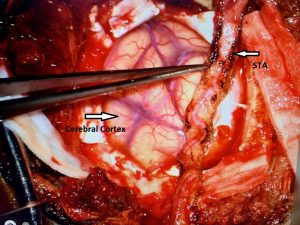
Figure 3
A right sided Encephaloduroarteriosynagios (EDAS) procedure was undertaken in which the right superficial temporal artery (STA) is sewn (synangiosed) to the pia in an effort to generate vascular arborization and increased blood flow to the hemisphere (Figure 3).
The surgery was uneventful, and the patient was restarted on her aspirin one day later and discharged home on postoperative day #2 neurologically intact.
KEY LEARNING POINTS
- Moya-Moya disease or syndrome (as in this case) is defined by bilateral stenosis and occlusions of the intracranial carotid and its main trunks, often with chronic engorgement and development of leptomeningeal collaterals at the base of the brain that resemble a “Moya-Moya” (Japanese word for puff of smoke) pattern on conventional angiography.
- The disease has a bimodal distribution, presenting in both childhood and adulthood. In childhood ischemic symptoms predominate and in adults hemorrhage is the more common presentation. The disease is progressive and some effort at revascularization is indicated to bring more blood supply to the starving hemisphere.
- The two operations typically employed are the “Direct” approach in which the STA is sewn directly as a bypass into the MCA vessel (STA-MCA bypass) or the “Indirect” approach in which the STA is simply apposed and sutured to the brain surface (EDAS).
- The Direct approach has more immediate augmentation of blood flow but is a slightly riskier operation whereas the EDAS procedure takes several months for vascular augmentation but has less immediate risks.
CATEGORY: BRAIN // INDIRECT EDAS REVASCULARIZATION TREATS MOYA-MOYA SYNDROME
Indirect EDAS Revascularization Treats Moya-Moya Syndrome
